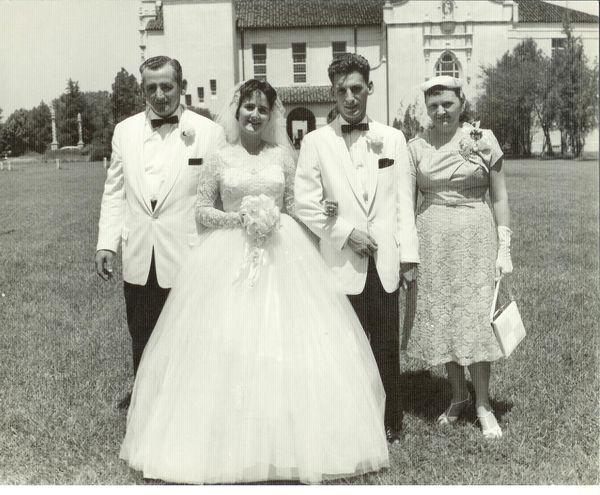|
When work and faith collide for an editor
By Mark Lorando
As I write this I am preparing to make one last run through my inbox before making the hourlong drive to Convent, La., where I will park my car, turn off my laptop and cellphone, and attempt to leave the world – and the newsroom – behind. It’s my annual four-day silent retreat at Manresa, the Jesuit retreat center surrounded by 130 acres of majestic, moss-draped oaks on River Road in St. James Parish. I began making this trek in the fall of 2003 and have more or less scheduled my life around it every November since. Given the high-stress, round-the-clock nature of the news business, my mental, physical and spiritual health pretty much depend on it. The goal is always to set thoughts of work aside for a few days and re-center body and soul through reflection and prayer. Some years, that’s easier said than done. And it will be particularly difficult this year given the timing of the retreat, one week after the Archdiocese of New Orleans released the names of 55 priests and two deacons it said had been “credibly accused” of sexual abuse of minors dating as far back as the 1910s. Journalists are trained to be objective. But we’re also human. Some stories hit home more than others. For those of us who grew up Catholic in New Orleans, the clergy sex abuse scandals have represented a painful collision of work and faith. One veteran reporter has spent time the past several weeks investigating a previously undisclosed allegation against a New Orleans-area priest who presided over his wedding. As I edited a story a week ago about sex abuse allegations against eight priests who served at Hope Haven, my thoughts kept drifting to my mother and her seven brothers and sisters, who grew up in Marrero nearby. The 10-acre Hope Haven campus was developed by the archdiocese between 1925 and 1940 as a “beacon of hope,” as a Times-Picayune story once described it, for poor and working class West Bank families of its era. Hope Haven was such a part of my mother’s life that her wedding took place there – at St. John Bosco Chapel, a community chapel next door to Madonna Manor, constructed in 1932 as a home for younger orphans. From now on, when I look at my mother’s old wedding pictures, that beautiful Spanish Colonial Revival-style building in the background will leave a little knot in my stomach. Suffice it to say, some truths hurt more than others. But my whole career has been dedicated to the idea that not knowing is the worst pain of all. So, we’ll keep digging. And I’ll keep praying. Contact: mark_lorando@nola.com
|
.
Any original material on these pages is copyright © BishopAccountability.org 2004. Reproduce freely with attribution.
